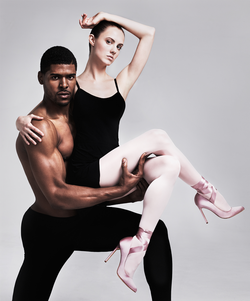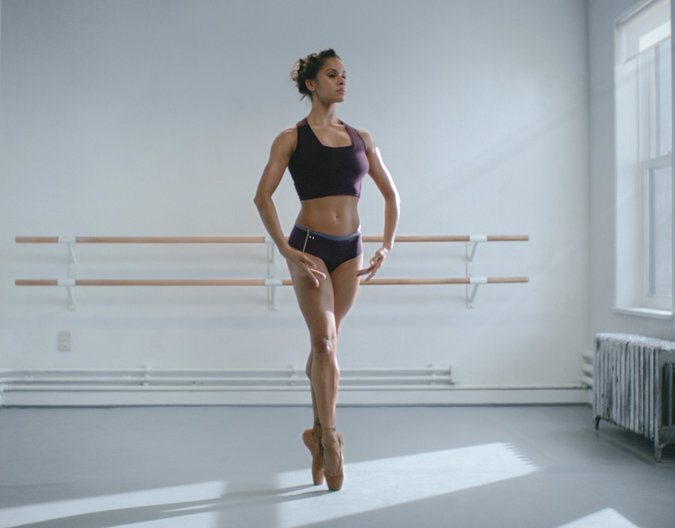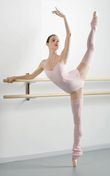The word athlete is defined by the OED as “a skilled performer in sports and physical activities.” Ballet dancers certainly qualify as athletes within those parameters. The use of the word performer in the definition is also quite interesting to me. The OED lists the primary definition of “perform” as, “do; execute.” The artistic aspect of the word doesn’t come in until the secondary definition. Clearly, there is some overlap in terminology between athletes and performers, and anyone who watched the
I think about the difference between sports and the arts quite often. I am a diehard fan of both the Pittsburgh Penguins and the Steelers but I also regularly follow tennis and soccer. (This is a legacy I inherited from my strong enate Grandmother who lives in Pittsburgh and never misses a Steelers game on TV—she will often superstitiously peel potatoes during key games to help them win!) One of the main reasons that I enjoy following specific teams and players is that it reminds me so much of my own job. Team chemistry, coaching styles, hot streaks, ruts, good and bad games, player development and personnel shuffling are all analogous to mechanisms at the ballet. Also, I think sports are often inherently graceful. Aesthetic beauty is not the end goal in sports like it is in ballet, but it is a fortunate byproduct nonetheless. Hockey, for example, can be breathtakingly beautiful—with the players’ sudden birdlike shifts in formation and dazzling little curlicues all over the rink.
Sports stars are also constantly dealing with injuries and handicaps similar to the ones we suffer at the NYCB, and I like to know how they deal with these setbacks too. Last year my friend Carla Korbes of PNB and quarterback Ben Roethlisberger had almost identical meniscus surgery about a month apart. My surgeon Martin O’Malley told me that he had a hunch about what was wrong with my foot because my enigmatic MRIs resembled those of a player for the Knicks. I empathize so much with the professional athletes, for the pressure they face is far worse because it is compounded by vast media coverage of every ache and pain or flu. Luckily the press doesn’t broadcast if we are dancing through quad strains or fevers before ballet performances!
Even though our maladies are relatively under-the-radar, dancers, like pro sports players, deal with a tremendous amount of physical pain all the time. I always feel for hockey players skating through stress fractures and sprains during playoff seasons, for we do the same thing when we don’t want to miss out on choice rep or a role. And like sports players, sometimes we continue to dance through injuries simply because we are so frequently in pain it can be hard to tell the severity of an injury. For instance, dropped metatarsals and stress fractures feel the same but one should not push through the latter. Once I stupidly danced a whole weekend of shows on a cracked rib because I thought I just had a few ribs out of place—in either case it hurts like heck to be lifted overhead! I am thrilled that dancers suffer infinitely fewer concussions than the hockey and football crowd, but those do occasionally happen too—as do accidental black eyes (my elbow is still sooo sorry Craig Hall!) and chipped teeth.
 Photo by Paul Maffi
Photo by Paul Maffi As much as my profession has in common with the sports world, I am so grateful to be an artist. I respect the pro athletes so much, but I prefer to get winded and push the limits of my body to glorious live music—as when dancing the puffy Russian section of Serenade or the marathon Tchaikovsky Piano Concerto #2. But just because dancers are artists first and foremost, that doesn’t mean that we are not athletes as well. (Google Misty’s Under Armour campaign for proof!) If we weren’t, I would certainly not be spending every day since I got back from vacation taking ballet classes as well as swimming/running/weight training as I am doing now!!


 RSS Feed
RSS Feed